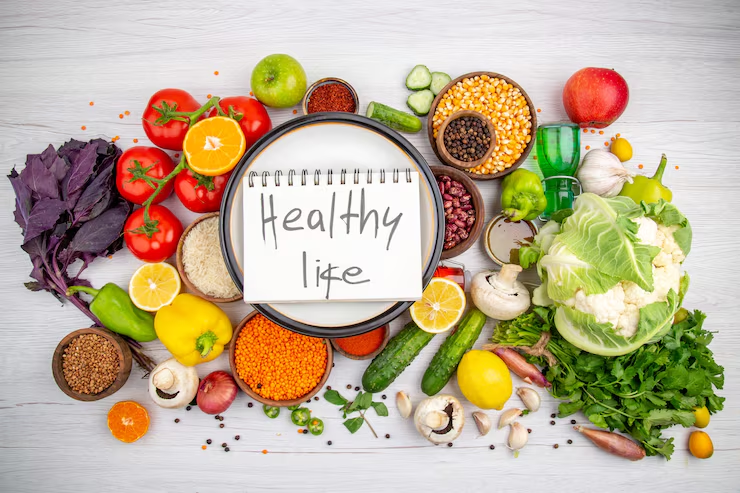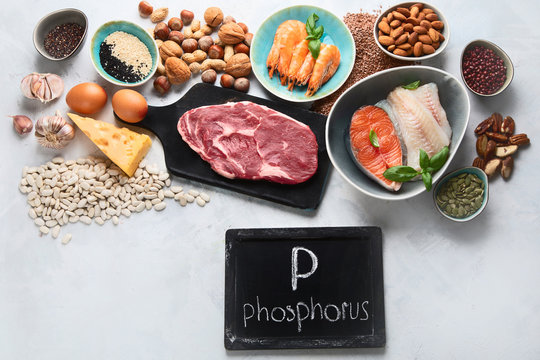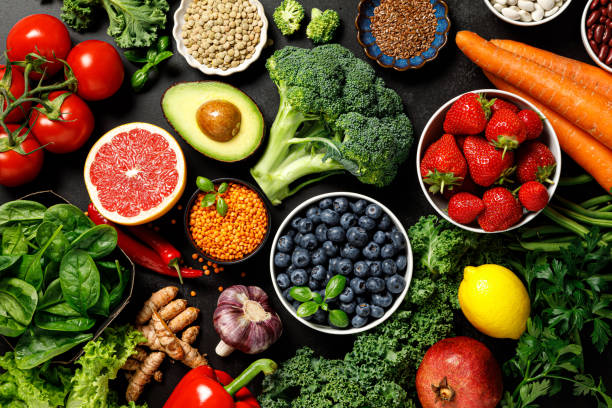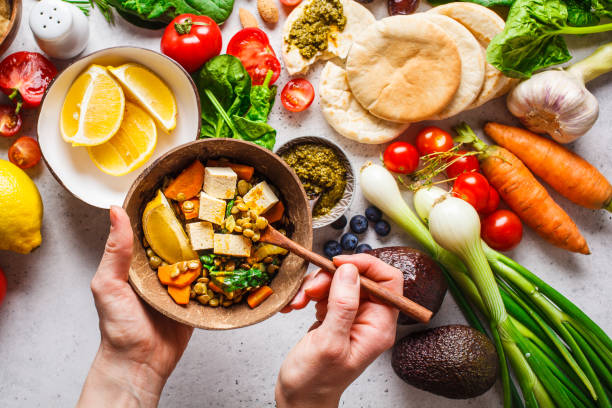Phosphorus is an essential mineral that plays a key role in maintaining strong bones, teeth, and overall cellular function. However, when phosphorus levels rise too high in the blood (a condition known as hyperphosphatemia), it can lead to serious health complications. This is particularly common in people with chronic kidney disease (CKD), where the kidneys are unable to filter out excess phosphorus effectively. A low phosphorus diet is therefore recommended to reduce the risk of bone disease, heart problems, and other complications. So, see below the low phosphorus diet.
Why Phosphorus Matters
Phosphorus works hand in hand with calcium and vitamin D to keep bones strong. It is also necessary for:
- Energy production (ATP synthesis)
- Cell growth and repair
- Proper muscle and nerve function
However, when phosphorus builds up in the blood, it can pull calcium from bones, making them weak, and cause dangerous calcium deposits in blood vessels and organs.
Who Needs a Low Phosphorus Diet?
A low phosphorus diet is especially important for individuals with:
- Chronic kidney disease (CKD)
- Dialysis patients
- Hyperphosphatemia (high phosphorus levels)
- Certain parathyroid disorders
Doctors may also recommend this diet if blood tests show consistently high phosphorus levels.
Daily Phosphorus Requirements:
- Healthy adults: 700 mg per day
- CKD patients: Often limited to 800–1,000 mg per day, depending on individual needs and the doctor’s advice
Foods High in Phosphorus to Limit or Avoid:
Many foods naturally contain phosphorus, but it is also commonly added to processed foods as a preservative. Foods highest in phosphorus include:
1. Protein Sources:
- Organ meats (liver, kidney, heart)
- Processed meats (sausages, hot dogs, deli meats)
- Oily fish (sardines, mackerel)
- Shellfish
2. Dairy Products:
- Milk
- Cheese
- Yogurt
- Ice cream
3. Processed & Packaged Foods:
- Frozen meals
- Fast foods
- Packaged snacks (chips, crackers)
- Cola drinks (contain phosphoric acid)
4. Nuts, Seeds, & Legumes:
- Almonds, peanuts, cashews
- Sunflower seeds, pumpkin seeds
- Lentils, chickpeas, black beans
5. Whole Grains:
- Oatmeal
- Bran cereals
- Brown rice
Foods To Eat In Phosphorus Diet:
Choosing the right foods can help control phosphorus intake while still ensuring balanced nutrition.
1. Protein Sources:
- Fresh chicken, turkey, or beef (small portions)
- Egg whites (avoid yolks if phosphorus restricted)
- Fresh fish (cod, tilapia, sole)
2. Dairy Alternatives:
- Non-dairy creamers (check labels for phosphate additives)
- Rice milk (unenriched, as fortified versions may contain phosphorus)
3. Fruits & Vegetables:
- Apples, grapes, berries
- Green beans, cucumbers, lettuce
- Cabbage, cauliflower, zucchini
4. Grains:
- White bread
- White rice
- Pasta
5. Drinks:
- Water
- Herbal teas
- Clear sodas (without phosphoric acid)
Tips for Following a Low Phosphorus Diet:
- Limit processed foods – Choose fresh, whole foods over packaged items.
- Watch portion sizes – Even healthy foods can add up in phosphorus if eaten in excess.
- Cook at home – Helps you control ingredients and avoid additives.
- Soak beans and lentils – If legumes are allowed, soaking and cooking them reduces phosphorus content.
- Use phosphorus binders – If prescribed by your doctor, take them with meals to block phosphorus absorption.
- Work with a dietitian – A renal dietitian can personalize your plan to balance phosphorus, protein, potassium, and sodium.
Sample Low Phosphorus Meal Plan:
Breakfast:
- White bread toast with unsalted butter
- Apple slices
- Herbal tea
Lunch:
- Grilled chicken breast
- Steamed green beans
- White rice
- Grapes
Snack:
- Unsalted popcorn
- A small portion of cucumber sticks
Dinner:
- Baked cod with lemon
- Mashed potatoes
- Steamed zucchini
- Mixed fruit salad
Risks of High Phosphorus Intake:
If phosphorus is not controlled, complications may include:
- Bone disease (renal osteodystrophy)
- Itching and skin irritation
- Joint pain and weakness
- Vascular calcification (calcium deposits in arteries)
- Increased risk of heart disease and stroke
Conclusion:
A low phosphorus diet is crucial for individuals with kidney disease or elevated phosphorus levels. By choosing fresh foods, avoiding phosphate additives, and working closely with healthcare providers, patients can manage phosphorus intake effectively. Balancing nutrition while protecting kidney and heart health is the ultimate goal.
FAQ:
Q. Can I still eat cheese on a low phosphorus diet?
A. Most cheeses are high in phosphorus. If you want cheese, ask your dietitian for low-phosphorus alternatives in small amounts.
Q. Is rice milk safe for kidney patients?
A. Yes, but choose unenriched rice milk, as fortified versions may contain added phosphorus.
Q. Do all sodas have phosphorus?
A. Cola drinks usually contain phosphoric acid, but clear sodas like lemon-lime are typically phosphorus-free.
Q. How do I know if my food has phosphorus additives?
A. Read the ingredient list carefully—anything ending in “phosphate” usually means added phosphorus.
Q. Can phosphorus be removed by cooking?
A. Soaking and cooking legumes reduces phosphorus, but in meats and dairy, phosphorus remains. Portion control is key.



